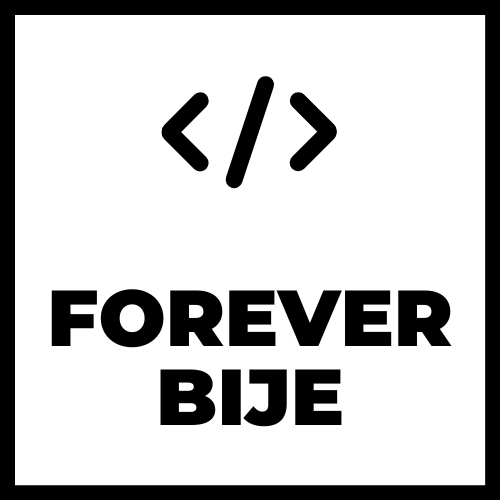TL;DR : We worked with Nanotrust for 5 months on a complex project mixing the implementation of a Decentralized Identity (DID) provider, a Verifiable Credential (VC) workflow anchored on the Tezos Blockchain, and an administration web application allowing Users to create, manage and share their Credentials.
🧩 The initial problem
Nanotrust is a young company aiming to leverage new technologies (decentralized ID, Verifiable Credentials and Blockchain) to ease the generation, authentication, and sharing of any kind of documents. The goal is to allow an Issuer to generate a unique, instantly verifiable, non-fungible document and assign it to an Owner who can then share it with the world. That certificate can be, for instance, a diploma, a proof of purchase, a pay slip, etc.
The team already had a senior developer on board, but they wanted to go faster and develop an MVP (Minimum Viable Product) in just a few months. This is where Forever Bije came in.
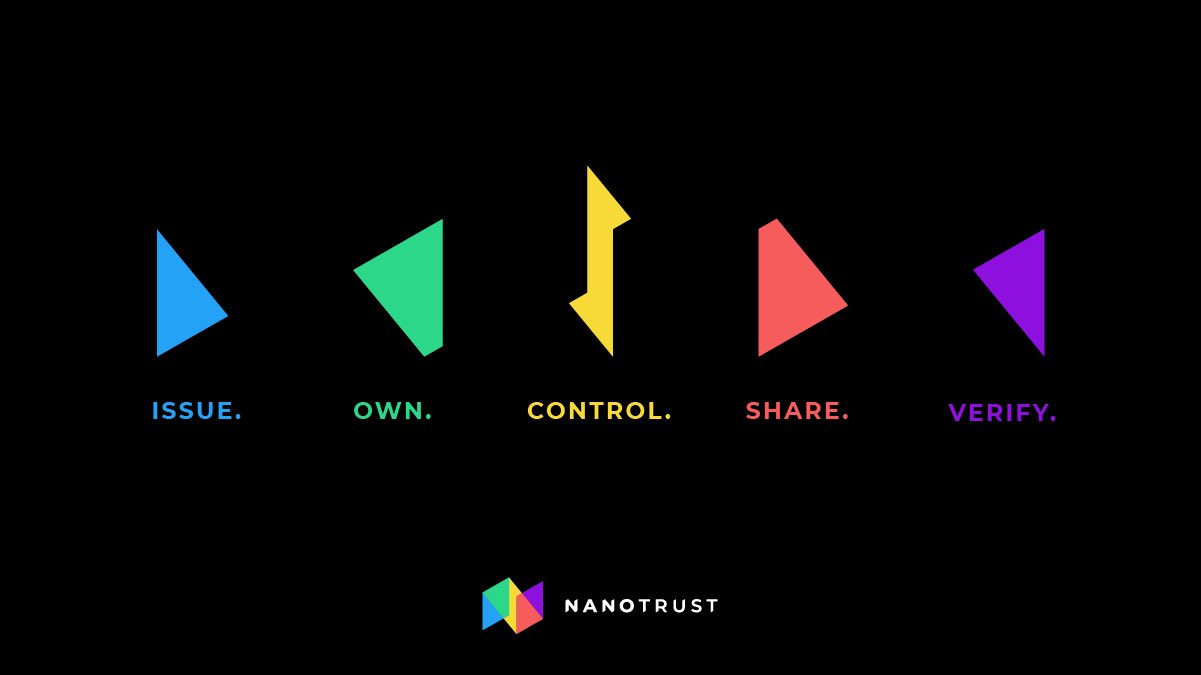
✅ The solution
From the initial brief, we identified 3 main themes that we isolated in microservices :
-
An Authentication micro-service
We shared with the Nanotrust team strong beliefs in open standards, so we used the famous OAuth2 and OpenID protocols to manage Authentication and Authorization, and packaged it in a micro-serviced provider we called NanoAuth.

-
A web wallet service to generate and store Verifiable Credentials (VC), with an optional anchoring in the Tezos Blockchain
We built a web wallet similar to those existing for cryptocurrencies but built to securely store VC. This required managing a Decentralized Identity, which we implemented with a wrapper on top of the didkit C library in Ruby. This toolkit allowed us to implement a Verifiable Credential workflow.
The anchoring of the VC on a blockchain was a feature required by NanoTrust, so we implemented in Ruby a wallet feature to communicate with the Tezos Blockchain (generating and signing transactions, originating and controlling smart contracts).
We called this service NanoWallet.
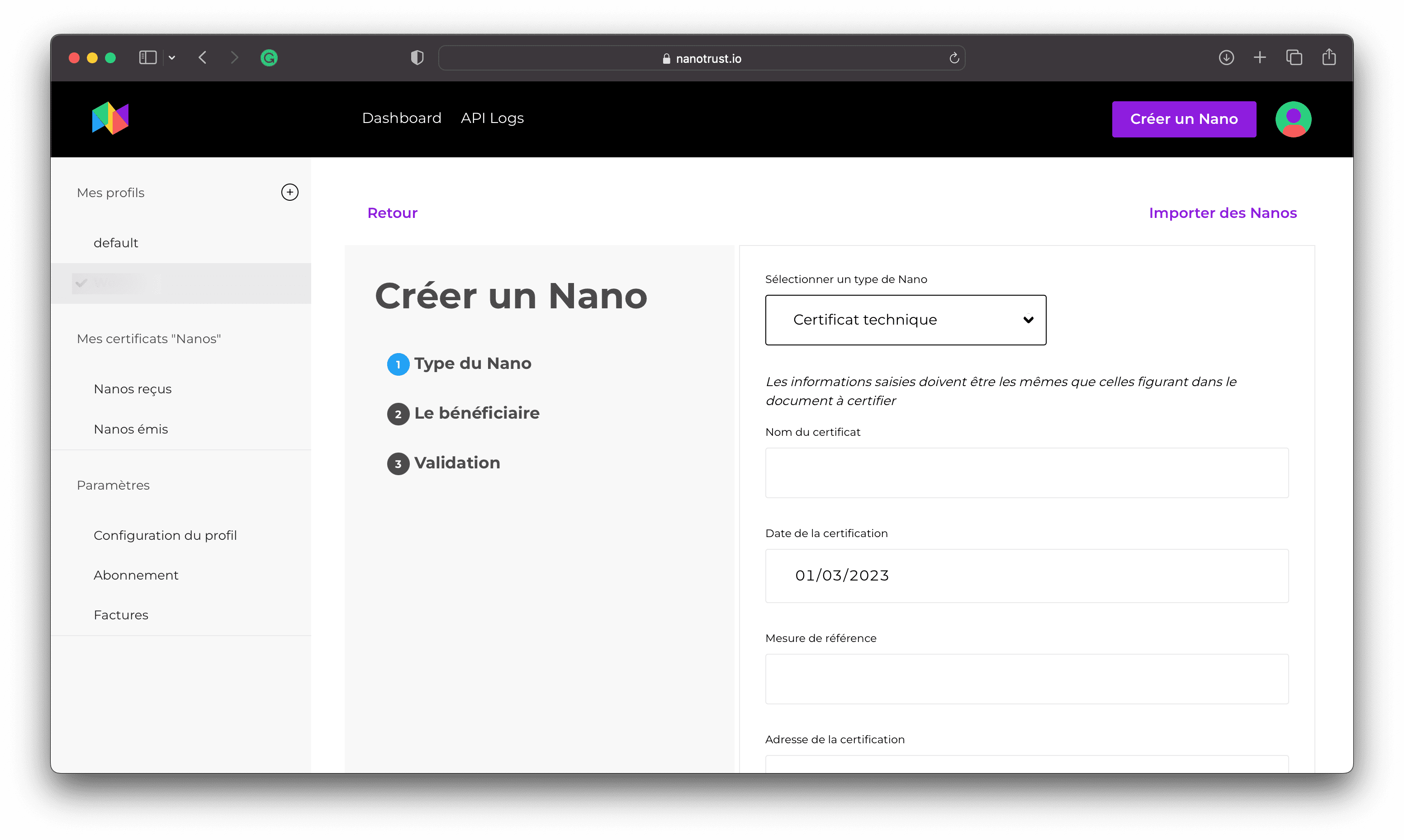
-
A web interface to create an account, issue, receive, manage and share credentials.
This last layer is a more general Ruby on Rails-backed website that ties everything together and communicates with the other micro-services via API. It is the client-facing application that allows Nanotrust to deliver on its promise: allow the generation, management and sharing of unique & verifiable certificates, written on the Tezos Blockchain.
The platform was designed & integrated by Forever Bije, who produced a UI toolkit and designs of the pages.
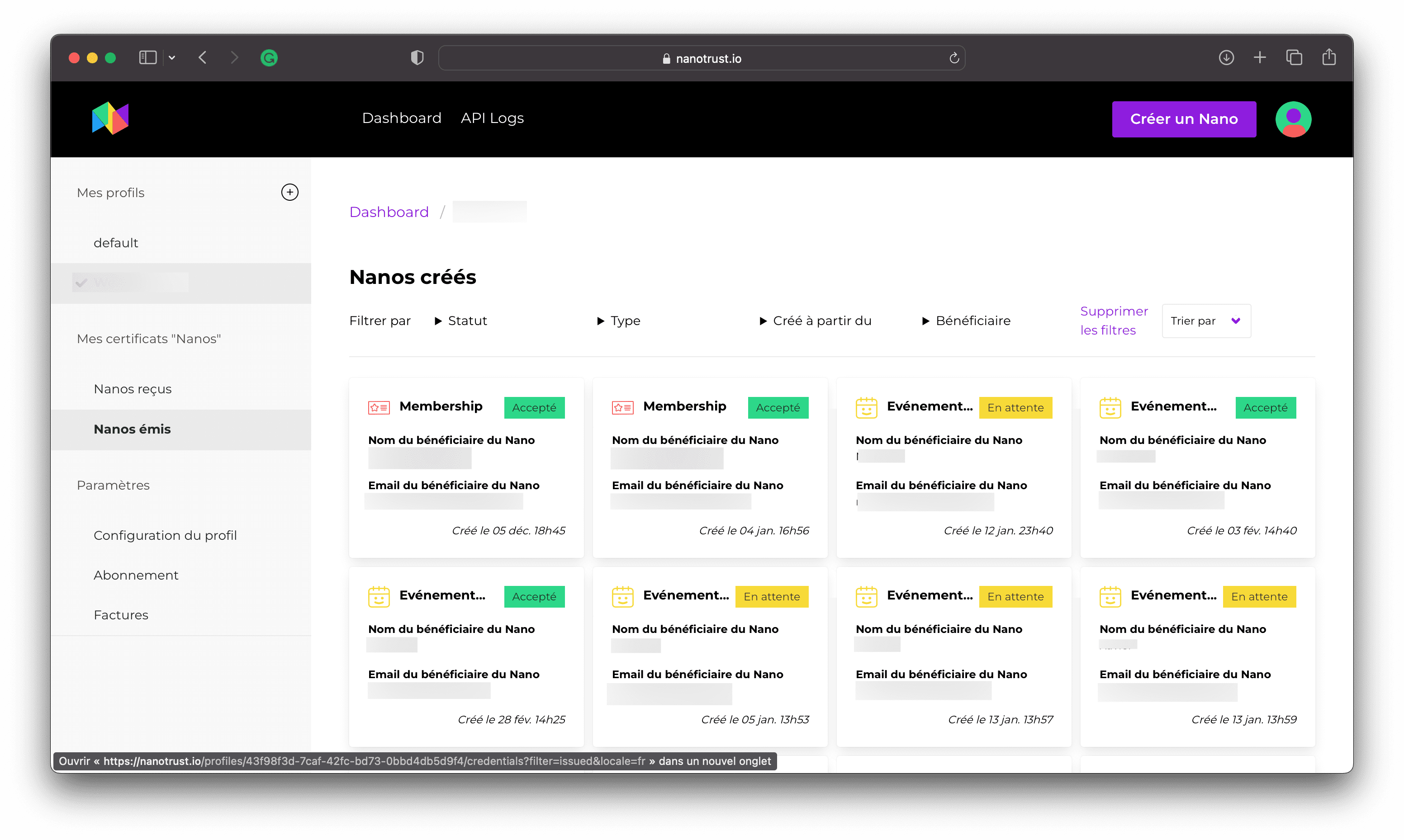
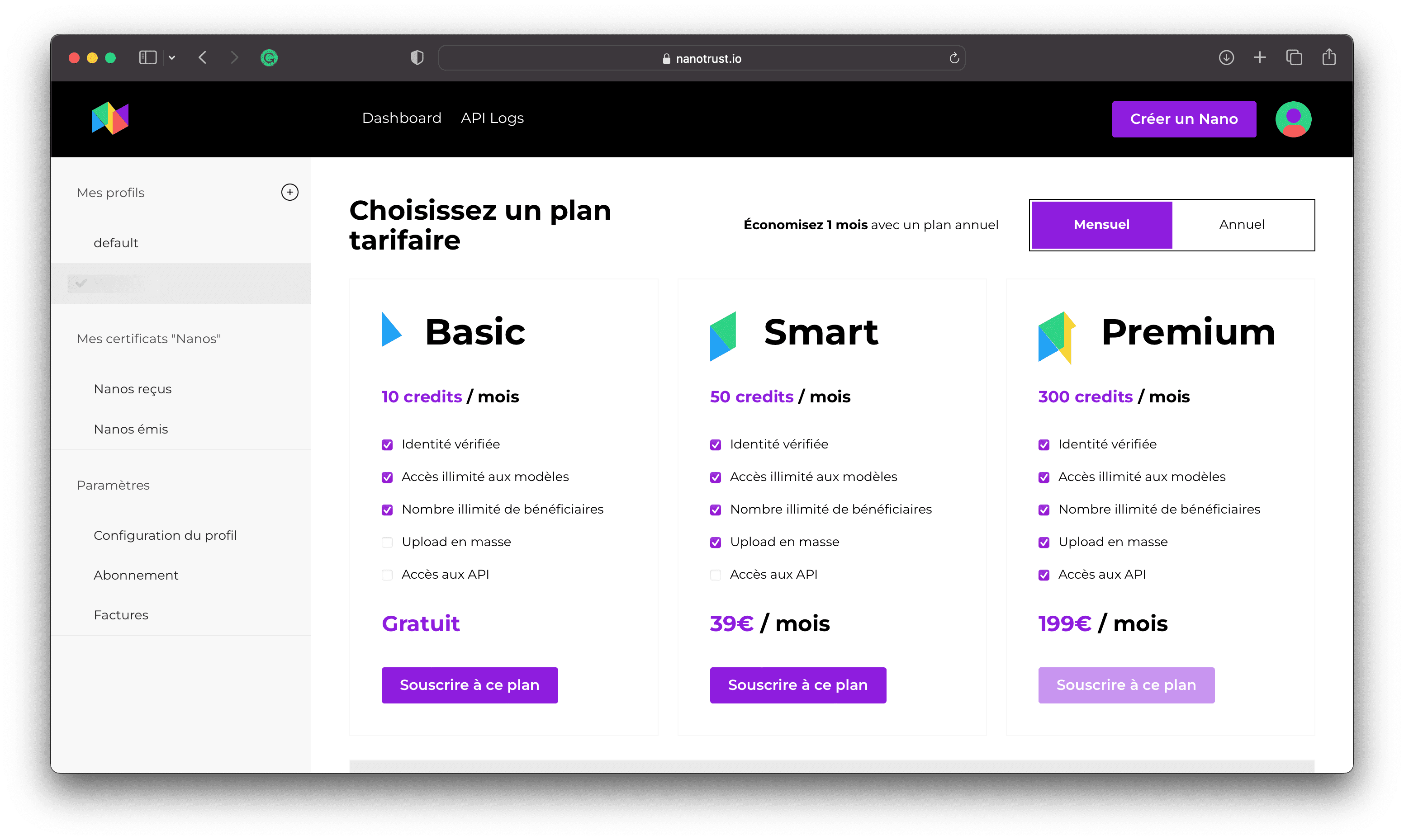
💻 The stack
- App: Ruby on Rails, Rust, C
- Database: PostgreSQL, Redis
- Authorization: OAuth2
- Blockchain: RPC Protocol, Tezos, Michelson, Smartpy
- Testing: Rspec, FactoryBot
- Background Tasks: ActiveJob, Sidekiq
- CSS: SASS, Bulma
- Javascript: Stimulus, ActionCable
- Payment: Stripe
- Hosting: Scalingo
- CI/CD & Project Management: Gitlab
🚀 The results
After an intensive and effective collaboration, the team launched the Nanotrust service with success and on time.
It is now running in production and gaining traction, starting with a collaboration with we are_ (a French cultural club gathering 1000+ members of the Tech world) which uses Nanotrust-generated certificates for their members’ subscriptions and fidelity program.
